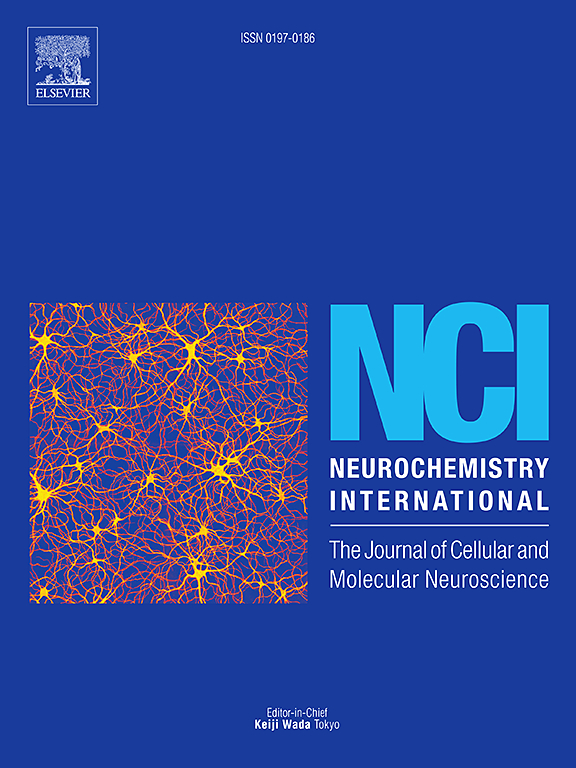Casticin inhibits the release of synaptic vesicular glutamate from rat hippocampal nerve terminals
IF 4
3区 医学
Q2 BIOCHEMISTRY & MOLECULAR BIOLOGY
引用次数: 0
Abstract
The effect of casticin, major polymethoxyflavone extracted from Vitex rotundifolia, on glutamate release and its underlying mechanisms was investigated in rat hippocampal synaptosomes. Casticin inhibited 4-aminopyridine (4-AP)-evoked glutamate release, with an IC50 of approximately 7.2 μM. It reduced the 4-AP-evoked increase in intrasynaptosomal Ca2+ concentration without affecting the synaptosomal membrane potential. The inhibitory effect of casticin on glutamate release was markedly prevented by ω-conotoxin GVIA, an N-type Ca2+ channel blocker, but not by ω-agatoxin VIA, a P/Q-type Ca2+ channel blocker. Further analysis of FM1-43 dye release showed that casticin suppressed glutamate release by decreasing synaptic vesicle exocytosis. Consistently, casticin also reduced 4-AP-induced phosphorylation of synapsin I, a presynaptic protein that regulates synaptic vesicle mobilization. Transmission electron microscopy (TEM) revealed that casticin decreased the proportion of release-competent synaptic vesicles in 4-AP-stimulated hippocampal synaptosomes. Taken together, these findings suggest that casticin inhibits glutamate release from rat hippocampal nerve terminals, potentially by suppression of N-type Ca2+ channel and reducing the availability of synaptic vesicles for exocytosis.
蓖麻素抑制大鼠海马神经末梢突触泡状谷氨酸的释放
研究了黄荆主要多甲氧基黄酮酪素对大鼠海马突触体谷氨酸释放的影响及其机制。Casticin抑制4-氨基吡啶(4-AP)诱发的谷氨酸释放,IC50约为7.2 μM。它在不影响突触体膜电位的情况下降低了4- ap引起的突触体内Ca2+浓度的增加。ω-谷草毒素(ω-conotoxin, n型Ca2+通道阻滞剂)能明显抑制casticin对谷氨酸释放的抑制作用,而ω-agatoxin (ω-agatoxin, P/ q型Ca2+通道阻滞剂)则不能。对FM1-43染料释放的进一步分析表明,蓖麻素通过减少突触囊泡胞外分泌来抑制谷氨酸释放。与此一致的是,蓖麻素还降低了4- ap诱导的突触蛋白1的磷酸化,突触蛋白1是一种调节突触囊泡动员的突触前蛋白。透射电镜(TEM)显示,蓖麻素降低了4- ap刺激海马突触体中释放能力突触囊泡的比例。综上所述,这些发现表明,蓖麻素抑制大鼠海马神经末梢的谷氨酸释放,可能是通过抑制n型Ca2+通道和减少突触囊泡的可用性来实现的。
本文章由计算机程序翻译,如有差异,请以英文原文为准。
求助全文
约1分钟内获得全文
求助全文
来源期刊

Neurochemistry international
医学-神经科学
CiteScore
8.40
自引率
2.40%
发文量
128
审稿时长
37 days
期刊介绍:
Neurochemistry International is devoted to the rapid publication of outstanding original articles and timely reviews in neurochemistry. Manuscripts on a broad range of topics will be considered, including molecular and cellular neurochemistry, neuropharmacology and genetic aspects of CNS function, neuroimmunology, metabolism as well as the neurochemistry of neurological and psychiatric disorders of the CNS.
 求助内容:
求助内容: 应助结果提醒方式:
应助结果提醒方式:


